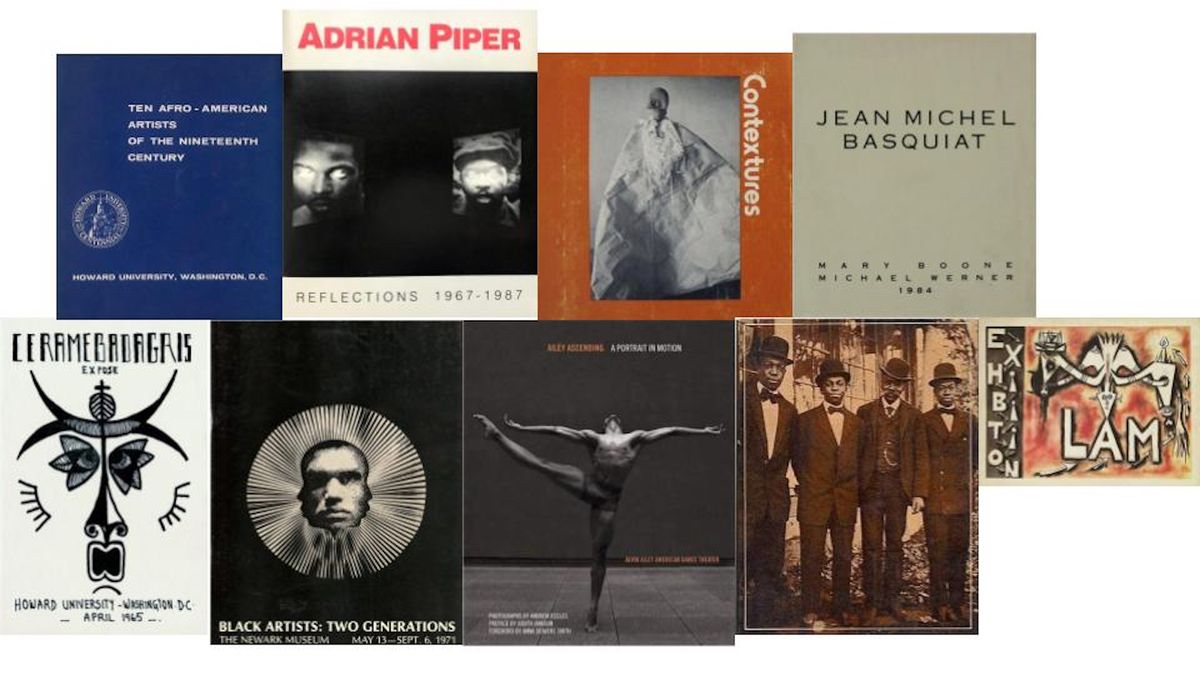The Getty Research Institute in Los Angeles has acquired the Whitney and Lee Kaplan African American Visual Culture Collection, a trove of around 3,500 catalogues, magazines, artists’ books, pamphlets, zines and ephemera that document Black visual culture in America from the early 20th century onward. It also contains items that pertain to the African diaspora throughout the Caribbean and Latin America.
The Kaplans own and operate Arcana: Books on the Arts in nearby Culver City, which first opened in 1984. Upon noticing a dearth in published materials on Black artists, Lee began establishing the collection in the late 1980s.
“I have been amassing the material that formed this collection since 1989, and for decades every time a new book was published either on an individual African American artist, a group show that was all African American artists, or any sort of group show or historical survey that included three or more works by African Americans, in the course of buying books for the store, I would purchase a copy and set it aside,” says Lee Kaplan. “When I started putting these books aside in the late 80s, I realised that there was really precious little primary documentation about individual African American artists, or even books related to African American art. I thought it was crazy, there were all these artists of my generation who came of age in the 80s—people like Kerry James Marshall, Glenn Ligon, Martin Puryear—most of them didn’t have monographs, so if you wanted to see their work it was just in group show catalogues.” He adds, “Now we probably buy 10 to 15 exhibition catalogues for African American artists every month, but back then if there 10 to 15 put out per year that was probably overstating it.”
Simone Fujita, the Getty Library’s bibliographer of African American art, describes the collection as “encyclopedic in its scope”, adding in a statement, “Running the gamut from out-of-print catalogues published by long-defunct galleries to recent zines by Los Angeles artists, this significant acquisition presents a unique opportunity for the Library to collect deeply and broadly on Black visual culture from a rich variety of disparate sources.”
“At a certain point, the collection had grown to such an extent that I thought it really did need to go to an institution,” adds Lee. “In a perfect world, when I really think about it, the Getty is where it should go. I want people living and coming to Los Angeles to be able to access this archive, and I really feel like the Getty is focused on the democratisation of this kind of scholarly material.”


